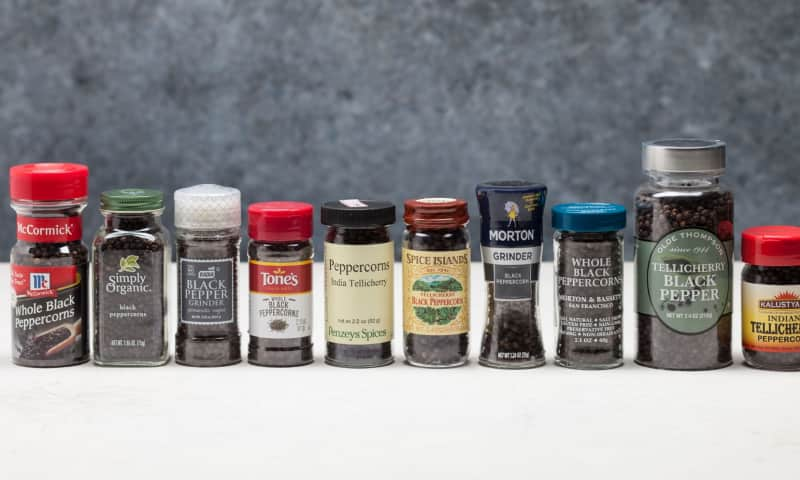Ground black pepper is one of the most ubiquitous and well-loved spices in the world. It holds a place of honor next to salt on restaurant tables and at kitchen workstations and appears in at least 2,000 of our recipes, from cacio e pepe to steak au poivre. No matter the recipe, we love its balanced heat and earthy, toasty flavor.
All true peppercorns are harvested from Piper nigrum, a vining plant native to the Indian state of Kerala, which is located on the Malabar Coast. While peppercorns have been cultivated and used in Indian cooking since 2000 BC, we know that by AD 100 they were heavily traded throughout Europe and Asia. In the Roman cookbook Apicius—one of the oldest surviving cookbooks—black pepper is listed as an ingredient in 80 percent of the recipes. Today, black peppercorns are grown in tropical climates throughout the world, with Vietnam being the largest producer.
A peppercorn’s color—green, white, or black—depends on when it was picked and how it was treated. Black peppercorns may be labeled with their place of origin, such as Lampong (Indonesia), Malabar (India), Vietnam, or Ethiopia. While these all come from the same plant, variations in terroir and climate may make the flavor unique.

















